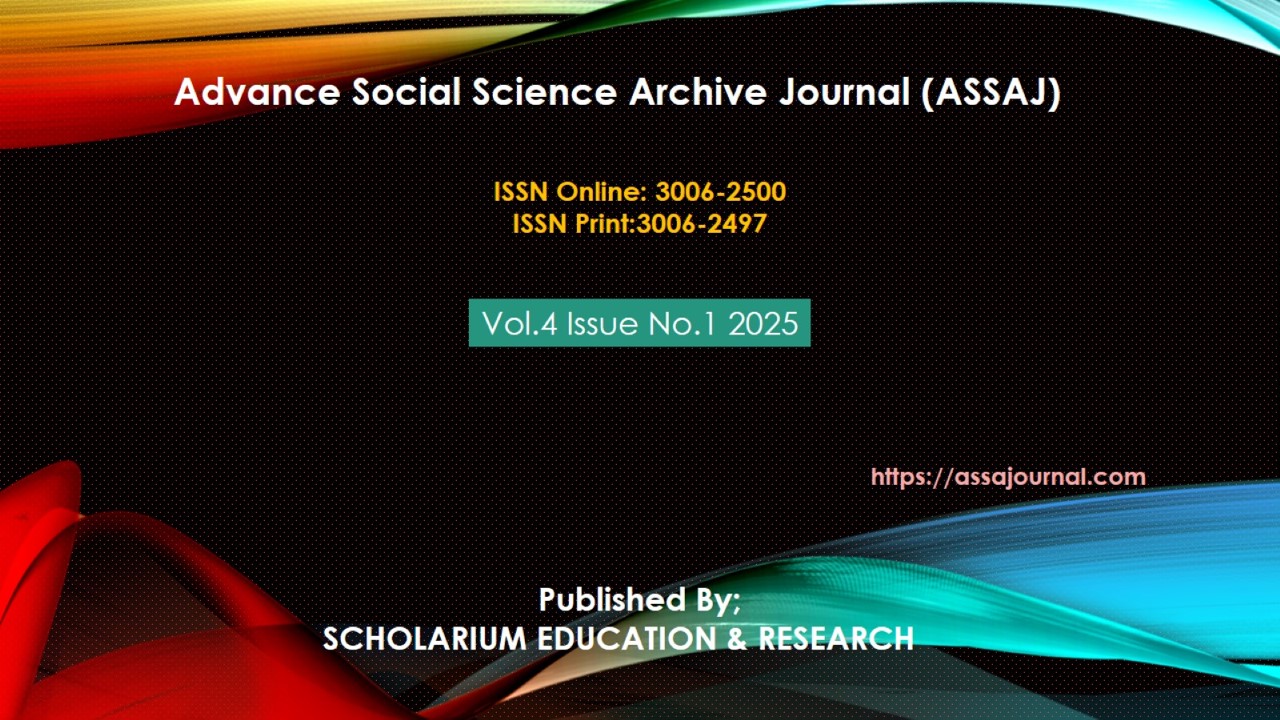The Research Perspective of Moen Jo Daro
Abstract
Mohenjo-Daro, one of the most significant archaeological sites of the Indus Valley Civilization, offers a window into the urban sophistication of ancient societies. This city, located in modern-day Pakistan along the Indus River, thrived around 2600 BCE to 1900 BCE, showcasing advanced architecture, urban planning, and engineering feats. Its architectural heritage includes standardized brick construction, an intricate drainage system, and multi-story residential buildings, which highlight the sophisticated urban lifestyle of its time. Despite its historical importance, Mohenjo-Daro faces significant preservation challenges due to environmental factors, urbanization, and tourism. The city is particularly vulnerable to flooding and erosion due to its proximity to the Indus River. In recent years, various scholars and preservationists have raised alarms about the site’s deteriorating condition. This research delves into the architectural state of Mohenjo-Daro, analyzing the current threats to its preservation and providing insights into the methods used to protect this ancient marvel. The study emphasizes the importance of sustainable preservation practices, community involvement, and effective mitigation strategies to safeguard the site for future generations. Additionally, it discusses the role of UNESCO in the conservation efforts, acknowledging its designation as a World Heritage Site in 1980. Through an in-depth exploration of the city’s unique features, challenges, and the ongoing preservation efforts, this research underscores the urgency of preserving Mohenjo-Daro’s legacy. The findings aim to contribute to the broader discourse on the preservation of ancient urban sites and inspire renewed efforts in conservation and heritage protection.
Keywords: Mohenjo-Daro, Indus Valley Civilization, Preservation, Urban Planning. UNESCO World Heritage Site





